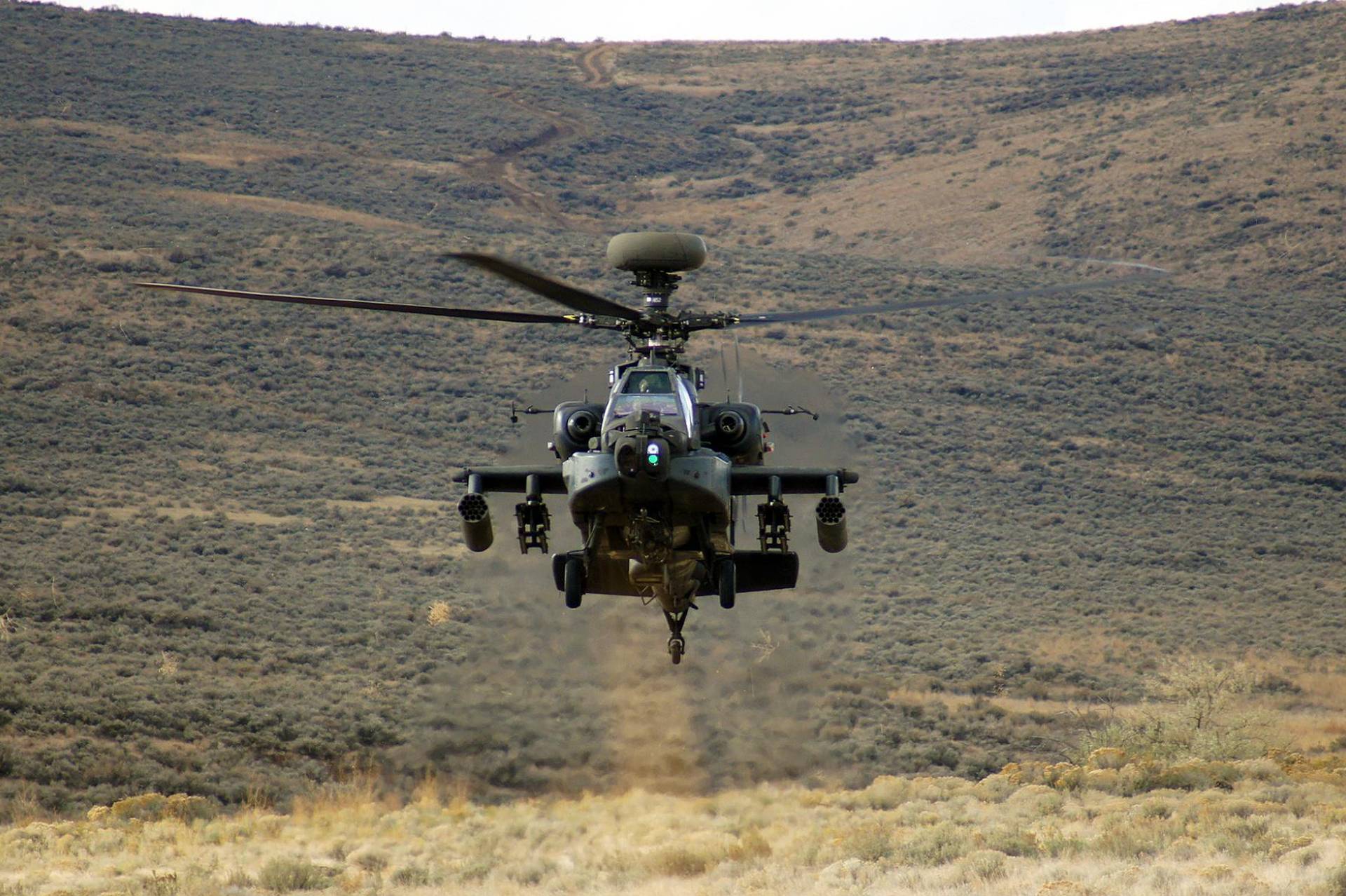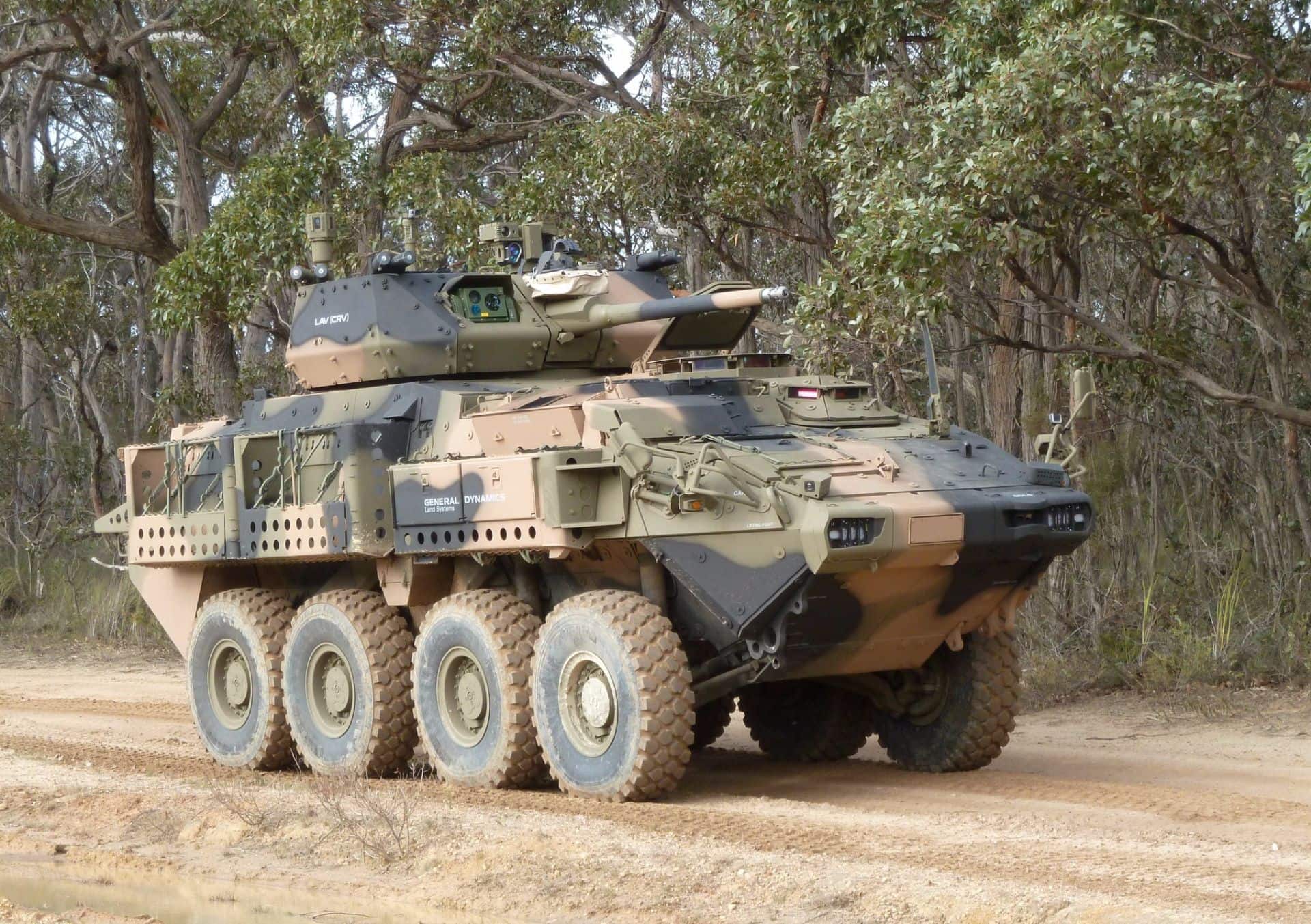Forecast International’s Platinum Forecast System 3.1 indicates that a total of 6,175 medium / heavy military rotorcraft will be produced during the 15-year period from 2017 through 2031. The value of this production is estimated at $158.4 billion (in FY17 dollars). We define a medium/heavy military rotorcraft as one having a gross weight of at least 6,804 kilograms (15,000 lb).
Global instability is sparking a resurgence in defense spending in several countries. These include the U.S., where the new administration has come to office promising to rebuild the country’s armed forces. In a number of nations, higher defense budgets are likely to result in the acceleration of certain fleet modernization plans.
In the U.S., the effect on rotorcraft acquisition could be a bit more muted, as the U.S. military rotorcraft fleet is already several years into its current modernization cycle, and other areas of the defense budget (such as fighter procurement or shipbuilding) may be viewed as higher priorities. Still, annual U.S. procurement lots of military rotorcraft may increase somewhat, even if total program buys remain largely unchanged.
The longer-term outlook for the medium/heavy military rotorcraft market is even more promising. Driving the market in the post-2030 timeframe will be the U.S. military’s Future Vertical Lift (FVL) project. The FVL effort involves development of a new rotorcraft family to meet future U.S. attack, scout, and utility rotorcraft needs.
Current U.S. Army thinking on the FVL project involves selection of a different platform to meet each of five different FVL categories or Capability Sets. This opens the door to the FVL program possibly generating multiple opportunities for rotorcraft manufacturers. And the various FVL models can be expected to garner sizable orders not only from the U.S. military, but also from export customers.
In terms of manufacturer market shares, Russian Helicopters is projected to lead the market in unit production during the 2017-2031 timeframe, followed by Sikorsky, Avicopter of China, Boeing, Korea Aerospace Industries (KAI), and NH Industries. The Russian consortium’s number one position is bolstered by substantial production of its popular Mi-8/17 line of multirole helicopters.
When the market is measured in terms of monetary value (the chart below), the 15-year projections show Sikorsky in the lead, followed by Russian Helicopters, Boeing, NH Industries, the Bell/Boeing V-22 partnership, and Avicopter.











